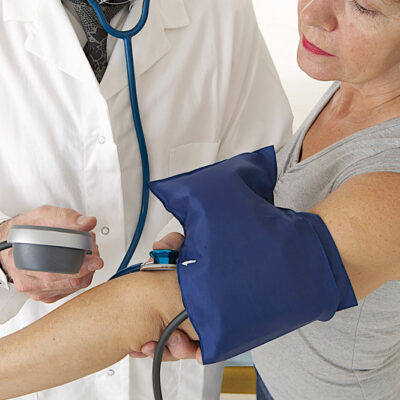
Treatments
3 Beneficial Dietary Tips for Colon Cancer Patients
Various reports indicate that colon cancer is the third most common type of cancer affecting people in the country. As of last year, the death rate due to the disease was over 50,000. This type of cancer mostly affects the elderly, and about 90% of colon cancer patients are above the age of 50. Here are some helpful nutrition tips for colon cancer patients to combat the disease: Eat a lot of fruits and vegetables It is a no-brainer that fruits and vegetables are beneficial for overall health and well-being and a crucial part of a healthy diet. Along with that, the right combination of fruits and vegetables can help stun the growth of cancerous tumors in the colon. Vegetables like cabbage, broccoli, kale, and Brussels sprouts are good for colon cancer patients. Healthcare professionals state that with every 10 grams of fiber that a person consumes, they reduce their risk of getting colon cancer by 10 percent. Speaking of fruits, one should include pears, apples, raspberries, bananas, and oranges in their diet, as they are rich sources of antioxidants that play a very important role in controlling and delaying the effects of cell damage. Include whole grains in the diet Including whole grains in the daily diet is a very healthy practice, as they include necessary nutrients for both physical and mental well-being.
Read More 















